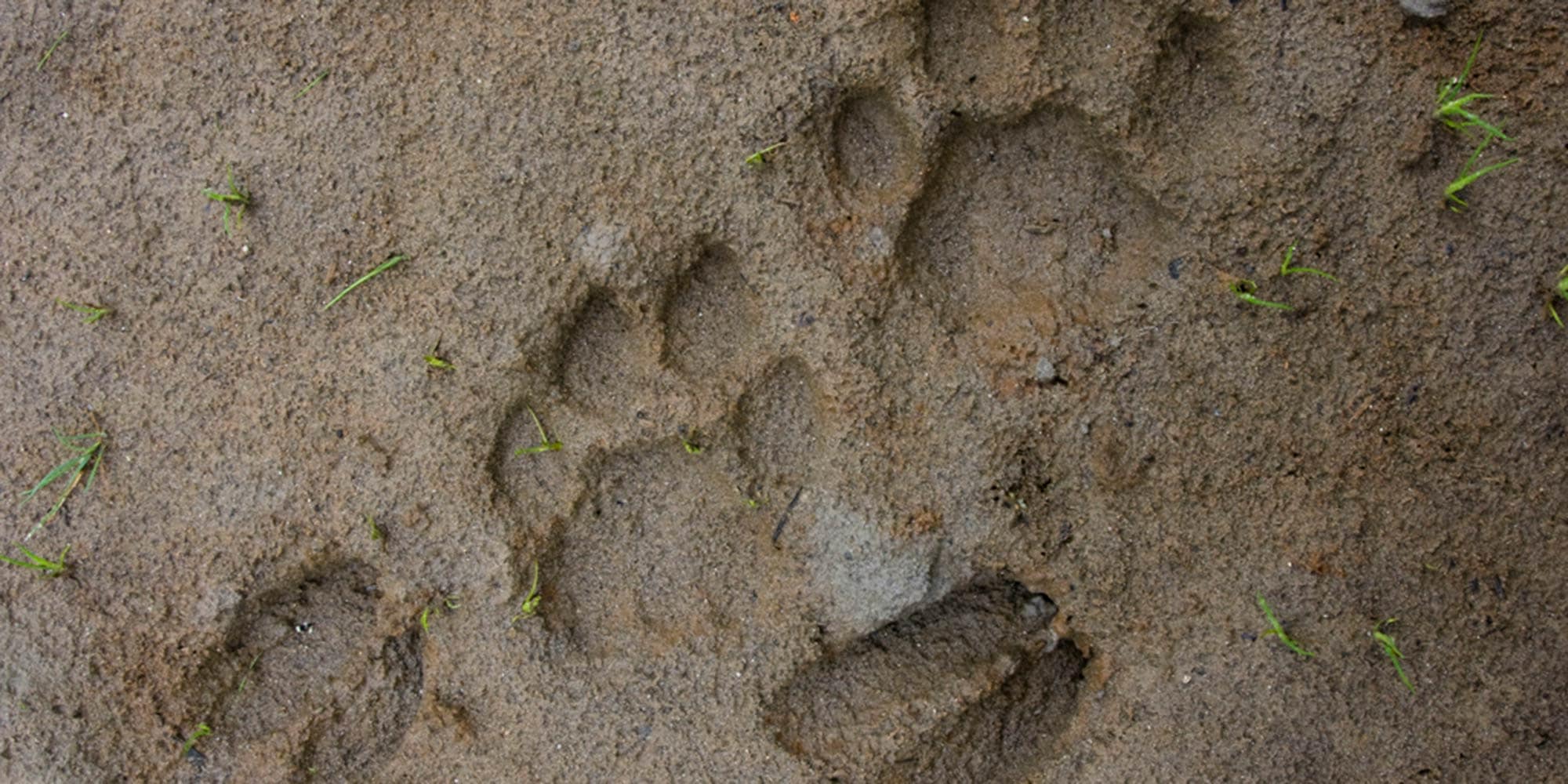From the tiniest shrews to bears and cougars, wild animals leave behind clues to be discovered by any observant outdoor adventurist. Many North American wildlife species stay out of sight of humans but their traces often show up in surprising places if you take the time to look for them. Animal trails can be found year-round and in any landscape.
Our ability to find, interpret and follow animal signs has been a fundamental part of our relationship with the natural world since the origins of our species. Tracking skills can be found in the traditional ecological knowledge of many cultures around the world, and they’re just as important today in research, hunting, recreation and conservation.
Learning to identify the creatures that share our outdoor spaces can enrich our connection to nature.
So, can you figure out who left these tracks?

